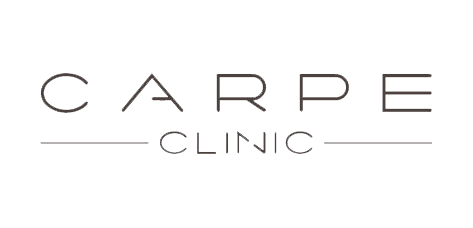What is hyperpigmentation?
Hyperpigmentation is a skin condition in which certain areas of the skin become darker than surrounding areas. This is caused by overproduction of melanin, the natural pigment responsible for the color of our skin, Haren and eyes. These discolorations can vary in size and intensity and can occur on different parts of the body exposed to the sun.
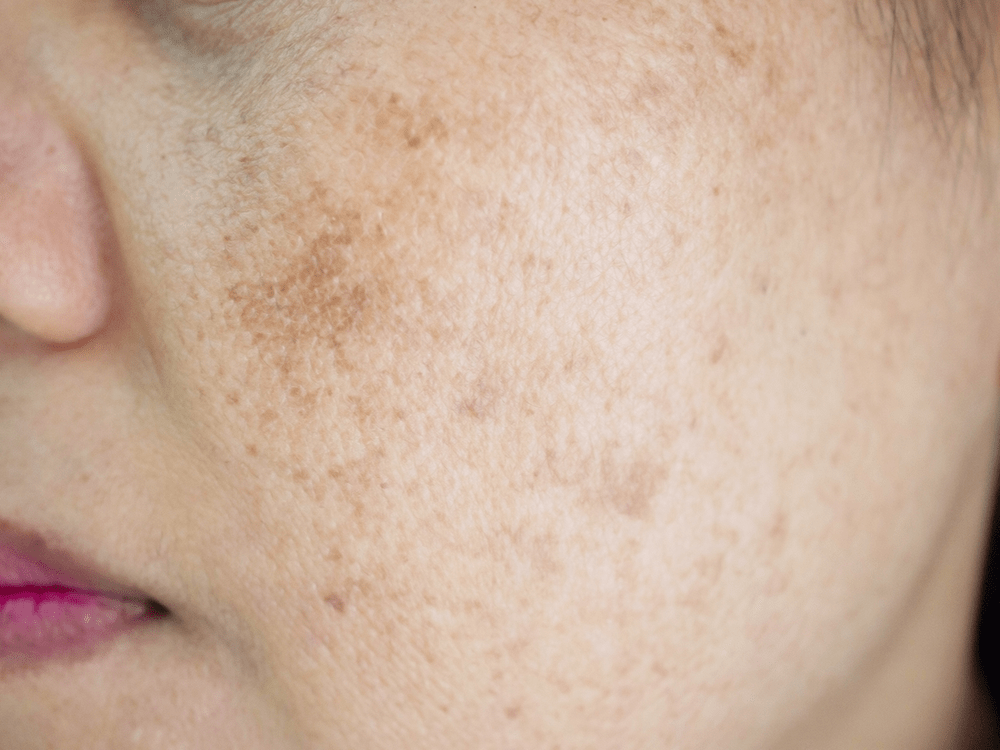
The different types of hyperpigmentation
Lentigo Solaris (age spots): These are common in people over the age of 50 and appear on areas of the skin that have been exposed to the sun a lot. They are usually light brown to dark brown in color.

Melasma: This is a common condition in women and is associated with hormonal changes, such as pregnancy. It causes uneven dark spots on the face.
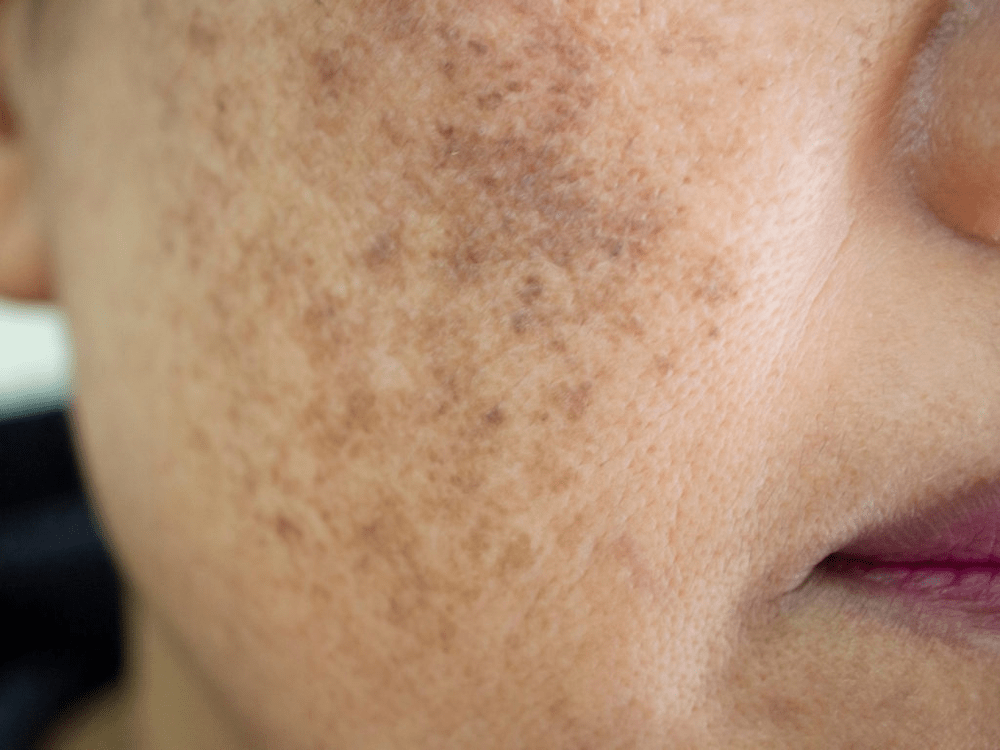
Post-inflammatory hyperpigmentation: Post-inflammatory hyperpigmentation occurs after inflammation or damage to the skin, such as acne. Discoloration can range from reddish to dark brown.
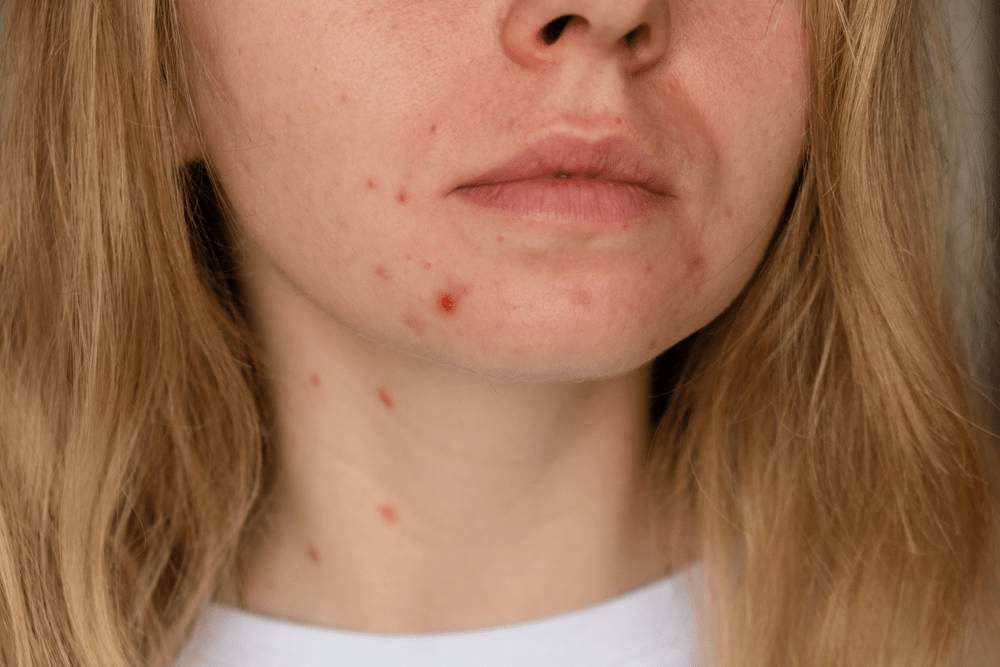
Ephelids (freckles): Ephelids, also known as freckles, are small light brown spots on the skin that are genetically determined. These spots are common in people with fair skin and are often caused by sun exposure.
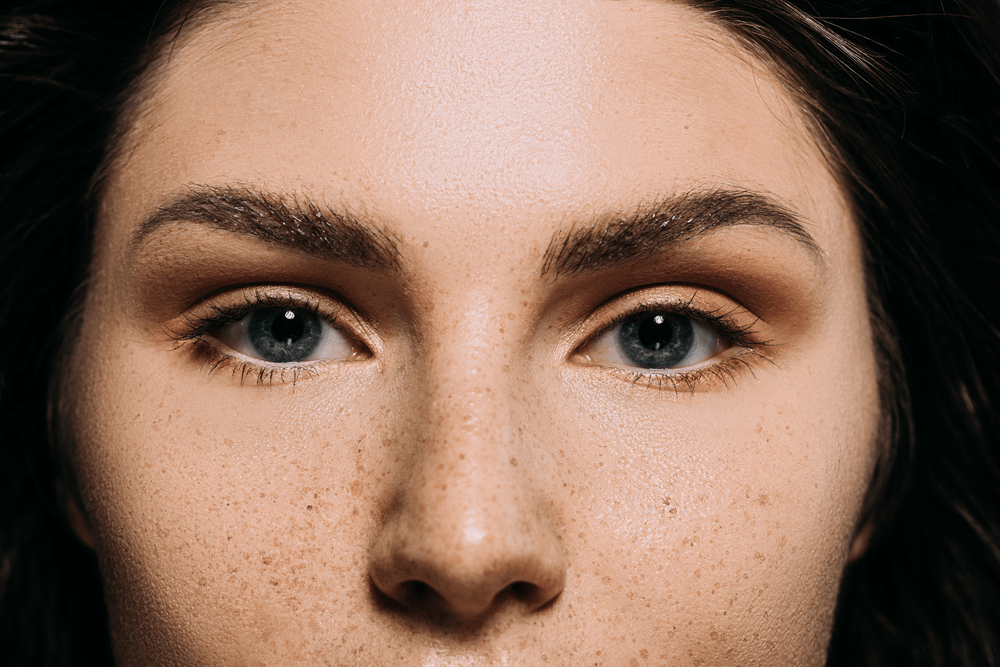
Lentigo simplex (Lentigo): Lentigo simplex, also called lentigo, are light brown spots that can develop in people of all ages. These spots occur as a result of sun exposure and can vary in size and number.
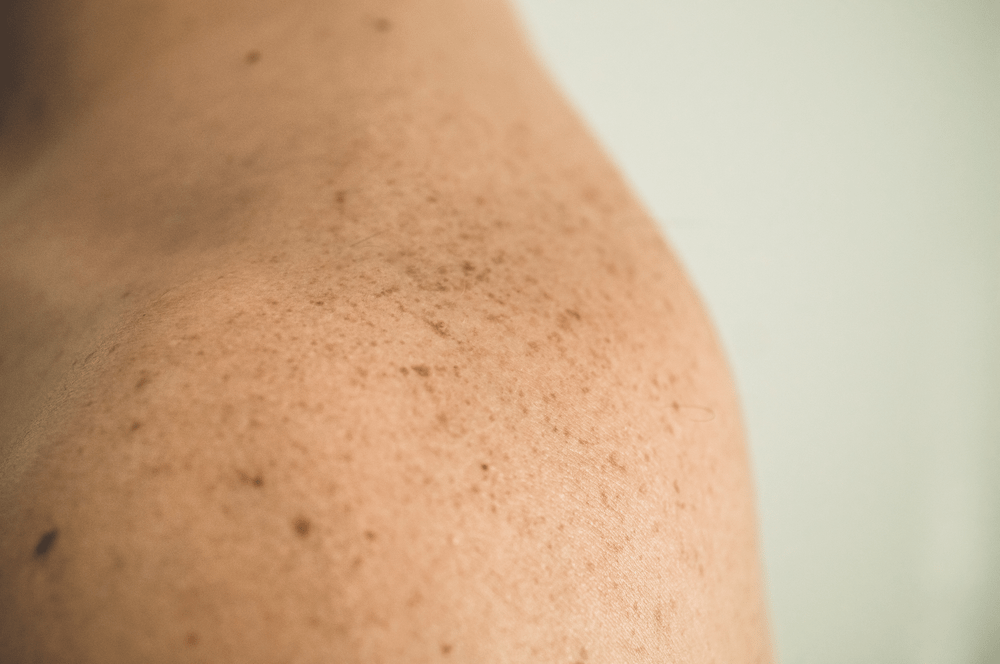
Linear epidermal naevus: Linear epidermal naevus is a rare condition in which dark spots appear in a specific pattern on the skin. These spots can vary in size and shape and are caused by a genetic mutation that affects the development of skin cells.
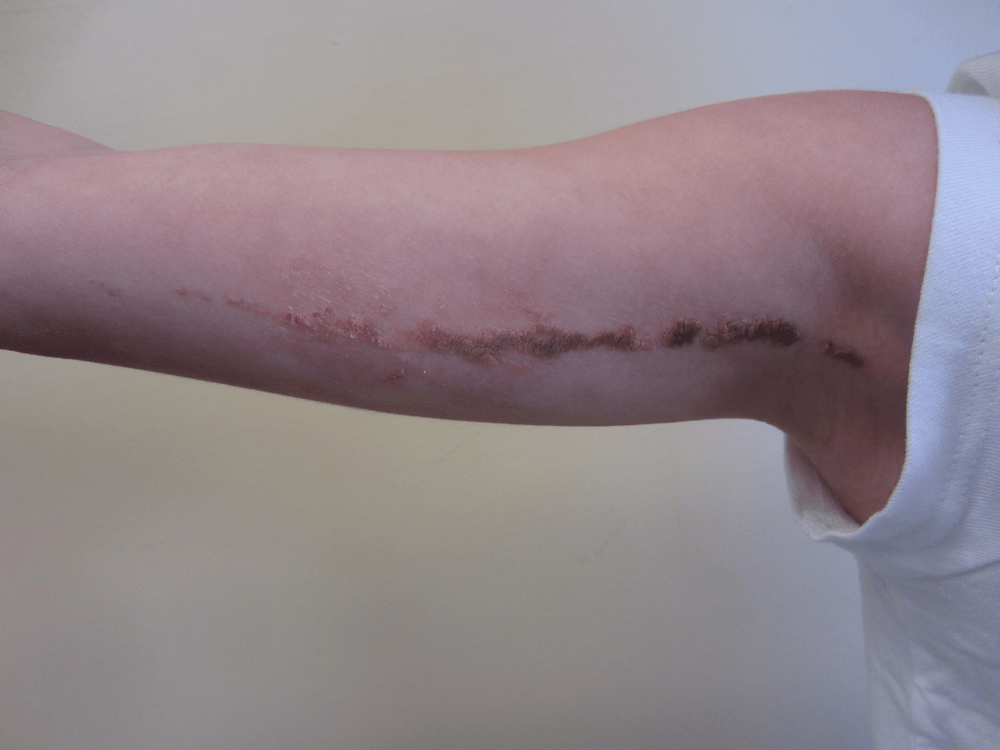
Cafe-au-lait spots: Cafe-au-lait spots are large, light brown spots that are present at birth and may increase in size as the child grows. These spots get their name from their resemblance to the color of coffee with milk.

Fungal hyperpigmentation: Fungal hyperpigmentation refers to a condition in which a fungal infection results in dark spots on the skin. These spots occur in response to the infection and can vary in size and intensity. They can occur on different parts of the body and are a characteristic symptom of this particular fungal infection.

Medicamentous hyperpigmentation: Medicamentous hyperpigmentation refers to the occurrence of hyperpigmentation as a side effect of certain medications. Some drugs can cause disruption of melanin production in the skin, resulting in the formation of dark spots on the skin. This type of hyperpigmentation can vary in intensity and can occur on different parts of the body, depending on the drug and the person’s individual reaction.
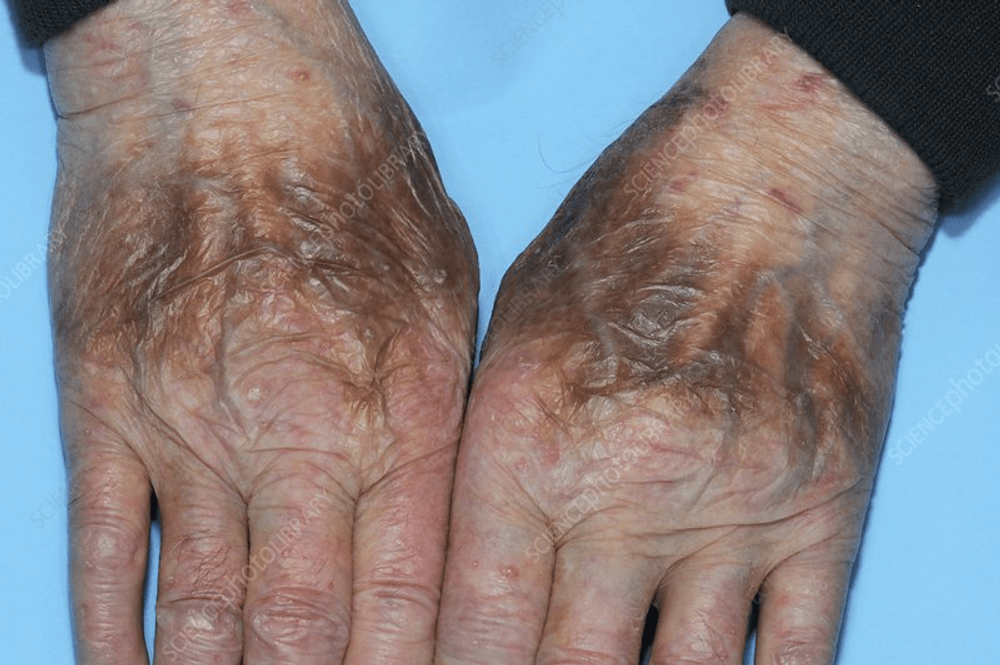
Classification hyperpigmentation skin
Hyperpigmentation has various manifestations. Here we explore categorization based on emergence and distribution. From congenital to acquired, and extensive to localized, discover the variety of hyperpigmentation.
Congenital and extensive hyperpigmentation: This form of hyperpigmentation is present from birth and often covers much of the skin.

Congenital and localized hyperpigmentation: In this case, hyperpigmentation is present from birth but limited to specific areas of the skin.

Acquired and extensive hyperpigmentation: This hyperpigmentation develops after birth and affects much of the skin.
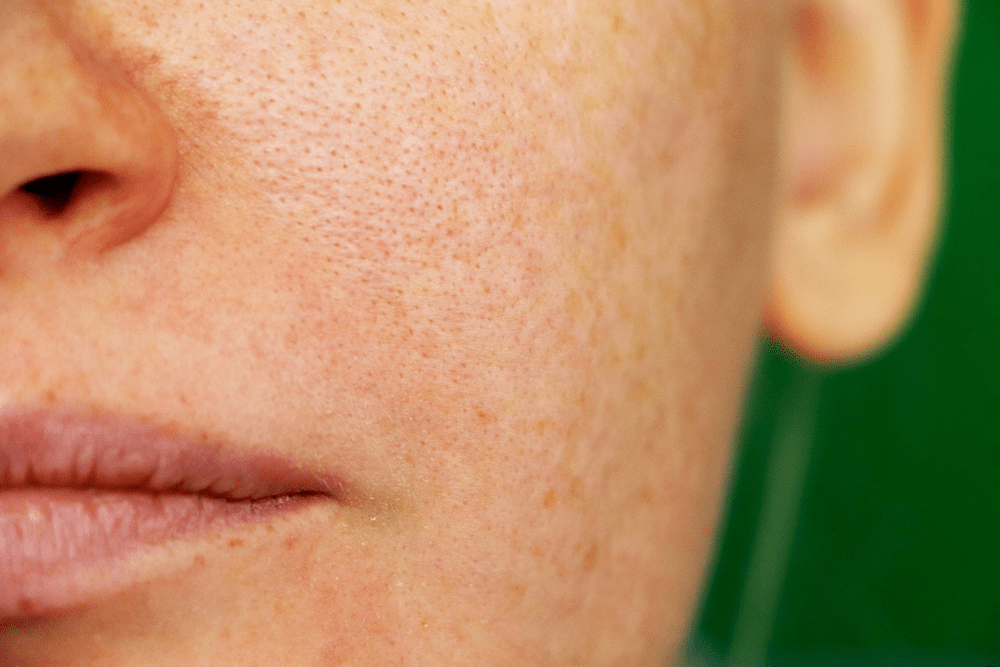
Acquired and localized hyperpigmentation: This form occurs after birth and affects specific areas of the skin.

Treating hyperpigmentation
Topical treatments: This includes the use of creams, serums and lotions that contain ingredients such as hydroquinone, retinoids, vitamin C, niacinamide and glycolic acid. These ingredients can help reduce melanin production and exfoliate the top layer of skin, gradually fading hyperpigmentation.
Chemical peels: A chemical peel uses acids such as glycolic acid, salicylic acid or trichloroacetic acid to exfoliate the upper layers of skin. This helps remove dead skin cells and reduce hyperpigmentation.
Laser therapy: Laser technologies, such as intense pulsed light (IPL) and fractional lasers, can target the melanin in the skin and break down pigmentation. These treatments can help fade dark spots.
Microneedling: In microneedling, tiny needles are used to create microscopic injuries in the skin. This stimulates natural healing processes and can help reduce hyperpigmentation.
Medical treatments: Some medical treatments, such as medical peels and microdermabrasion, are performed by professionals and can target deeper layers of the skin.
How do you prevent pigmentation?
Preventing hyperpigmentation requires careful protection and a thoughtful skin care routine. Here are some essential tips to avoid this uneven skin tone:
Sun protection: The use of broad-spectrum, high SPF sunscreen is vital. Apply to exposed skin, even on cloudy days, and repeat every few hours, especially after swimming or sweating.
Protective clothing: Wear hats, sunglasses and long-sleeved clothing to protect skin from direct sunlight. This minimizes exposure to harmful UV rays.
Seek shade: Avoid the sun during peak hours (between 10 a.m. and 4 p.m.) when UV radiation is strongest. Use beach or outdoor umbrellas to create shade and reduce direct sun exposure.
Skin care with antioxidants: Choose skin care products with antioxidants, such as vitamin C and vitamin E, which can help neutralize free radicals and maintain a healthy skin tone.
Avoid aggressive treatments: Excessive exfoliation or aggressive chemical peels can irritate the skin and worsen hyperpigmentation. Choose mild exfoliants and consult a dermatologist for appropriate treatments.
Skincare routine: Use products designed to prevent hyperpigmentation, such as those with niacinamide, glycolic acid and retinoids. These ingredients can improve skin texture and regulate melanin production.
Hydration: Well-hydrated skin is more resilient and better able to recover from damage. Drink plenty of water and use a moisturizer to keep skin healthy.
Healthy lifestyle: A balanced diet and adequate sleep contribute to radiant skin. Avoid stress and find ways to relax.
Table of Contents
Make an appointment
Do you have questions?
Make an appointment at our clinic.
See also
Carpe Clinic is happy to help you!
Carpe Clinic is ready to support you! Our experienced team of professionals offers various
treatment options
to address hyperpigmentation and restore your skin’s radiance. Contact us today contact us today for a personal consultation and find out how we can help you restore your natural beauty.

